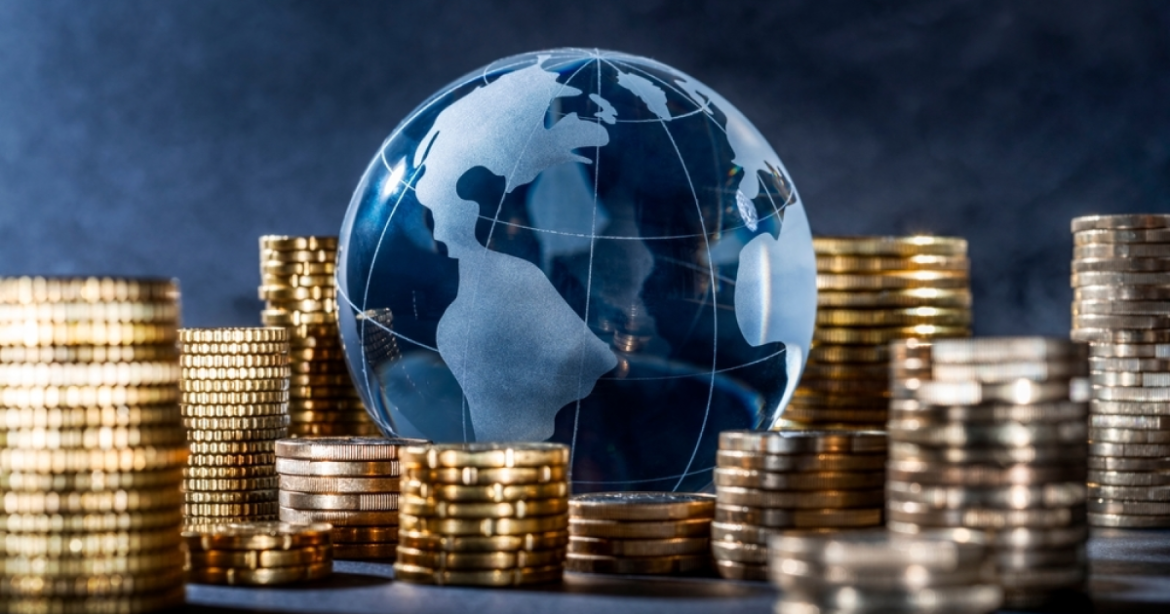The term economic liberalization might sound like something confined to history books or dusty policy reports, but its impact is woven into the very fabric of American life today. From the cost of your morning latte to the job market fluctuations you see on LinkedIn, economic liberalization affects it all. Introduced in waves throughout the 20th century and supercharged in the 1980s and 1990s, this philosophy of reducing government intervention in the economy has had profound consequences. And while it opened doors to globalization, tech booms, and consumer choice, it also created ripple effects—job outsourcing, market monopolization, and financial inequality—that are still being debated on Reddit forums and Capitol Hill alike.
In this blog, we’ll unpack how economic liberalization unfolded in the U.S., the good and the bad it brought along, and what Americans today need to know about its enduring legacy.
What Is Economic Liberalization?
Economic liberalization refers to the process of loosening government regulations and restrictions in the economy in favor of greater participation by private entities. The idea is grounded in classical liberal economic theory, which promotes free markets, competition, and minimal state interference. In the U.S., this translated into deregulating key industries, lowering tariffs, reducing corporate taxes, and cutting back on welfare programs.
The push for economic liberalization gained significant traction in the 1980s during the Reagan administration. Reaganomics emphasized supply-side economics—cutting taxes and deregulating industries with the belief that the benefits would “trickle down” to all Americans. This approach didn’t just influence domestic policy; it shaped how America interacted with the global economy.
As one Reddit user stated:
“It was the golden ticket to fast growth and tech innovation—but also the start of losing blue-collar jobs to overseas markets.”
Indeed, it’s a story of complex trade-offs.
The Drivers Behind America’s Economic Liberalization
By the 1980s and 1990s, much of the world was turning toward open markets. Countries like the U.K., India, and China began implementing liberalization policies. America, already a global economic powerhouse, couldn’t afford to remain insulated. As global trade expanded, so did pressure on U.S. companies to compete, pushing policymakers to create an environment that favored free-market dynamics.
Domestic Discontent and Stagnation
Before liberalization kicked into high gear, the U.S. economy in the 1970s was battling stagflation—high inflation combined with stagnant growth. The Keynesian model, which supported government spending to boost the economy, seemed to falter. Economic liberalization was seen as a corrective pivot, offering a fresh path to growth and innovation.
Rise of Neoliberalism
Philosophically, economic liberalization aligns with neoliberalism—a political movement advocating for free-market capitalism, deregulation, and fiscal austerity. The neoliberal wave found champions in Ronald Reagan and Margaret Thatcher, who promoted deregulation not only as an economic necessity but a moral imperative—free individuals and free markets, hand in hand.
The Upside: Innovation, Global Trade, and Wealth Creation
One of the most noticeable benefits of economic liberalization has been the explosion of the tech sector. Deregulation enabled startups to flourish with minimal red tape, eventually leading to the rise of giants like Google, Amazon, and Apple. The U.S. became a hub for innovation, attracting talent and capital from across the globe.
Consumer Choice and Lower Prices
Reduced tariffs and trade barriers meant that American consumers gained access to a wider range of goods at lower prices. Whether it’s electronics from South Korea or textiles from Vietnam, the average household budget goes further thanks to liberalized trade.
Investment Opportunities and Economic Growth
As markets opened, foreign direct investment (FDI) into the U.S. surged. American firms, likewise, expanded their footprints abroad. For investors, this meant more opportunities to diversify portfolios and capitalize on global growth. According to economist Dani Rodrik:
“Globalization, powered by liberalization, has brought prosperity—but not equally or universally.”
The Downside: Inequality, Job Losses, and Corporate Power
Perhaps the most painful consequence of economic liberalization is job outsourcing. Manufacturing jobs, once the backbone of the American middle class, were moved to countries with cheaper labor. As one Redditor put it in r/PoliticalDiscussion:
“Economic liberalization made goods cheaper, sure—but it made a decent job harder to find in places like Ohio and Michigan.”
This transition hollowed out entire communities and intensified the urban-rural economic divide.
Wage Stagnation and Wealth Gaps
While Wall Street soared, Main Street often struggled. Wage growth for average workers stagnated, even as executive compensation and stock market returns hit record highs. The gains from liberalization were disproportionately reaped by the wealthy, exacerbating economic inequality.
Rise of Mega Corporations
Deregulation also paved the way for mergers and acquisitions, resulting in powerful mega-corporations that dominate sectors from retail to telecommunications. This not only stifles competition but also gives these companies outsized influence over politics, policy, and public discourse.
Economic Liberalization in the Eyes of Reddit
Reddit discussions offer a fascinating grassroots view into how everyday Americans perceive economic liberalization. In subreddits users often debate whether the policy really benefited the majority.
One user wrote:
“If liberalization was such a win, why are people working two jobs and still can’t afford rent?”
Others argue that the fault lies not in liberalization itself but in its poor implementation and lack of safety nets. The sentiment is clear: Americans want opportunity, but not at the expense of dignity and security.
What America Learned—and What Comes Next
Post-2008 financial crisis and during the COVID-19 pandemic, there’s been a growing reevaluation of liberal economic models. Governments stepped in with stimulus checks, rent moratoriums, and healthcare support—actions that directly contradicted the minimalist state approach of liberalization.
A Shift Toward “Inclusive Capitalism”
Today, there’s more conversation around inclusive capitalism, a model that aims to retain the efficiency of markets while addressing their social consequences. President Biden’s economic policies, for example, have included both stimulus and industrial strategy—blending free-market principles with government support.
Regulatory Revival
Antitrust actions against companies like Google and Amazon indicate a new era of regulation, especially in tech and finance. The goal is not to reverse liberalization but to correct its excesses.
Conclusion: Is Economic Liberalization Still the Right Path?
Economic liberalization fundamentally altered the American economic landscape. It spurred innovation, lowered prices, and embedded the U.S. into the global economy. Yet, it also widened the gap between rich and poor, decimated traditional jobs, and concentrated power in a few hands.
For many Americans, especially younger generations grappling with debt, housing crises, and job precarity, the legacy of liberalization is not a clear win. And yet, few would advocate for a total return to pre-liberalized, protectionist policies either.
The path forward likely lies in balance: maintaining the dynamism and innovation of liberal markets while ensuring that no one is left behind. A Reddit user perhaps said it best:
“We need the free market—but with a social conscience.”
You May Also Read
Health Insurance Innovations Stock Surging: Why It’s Booming Now

